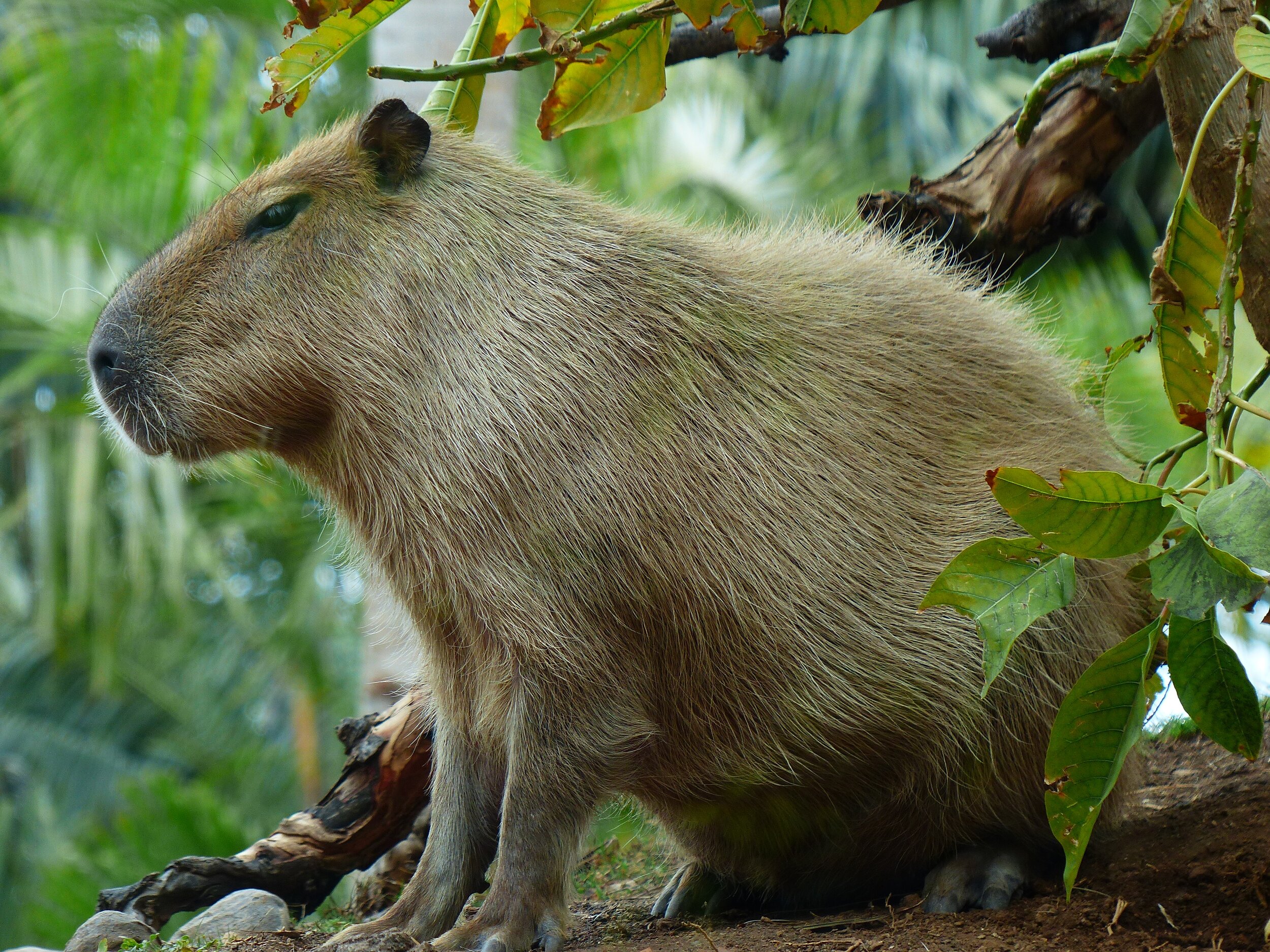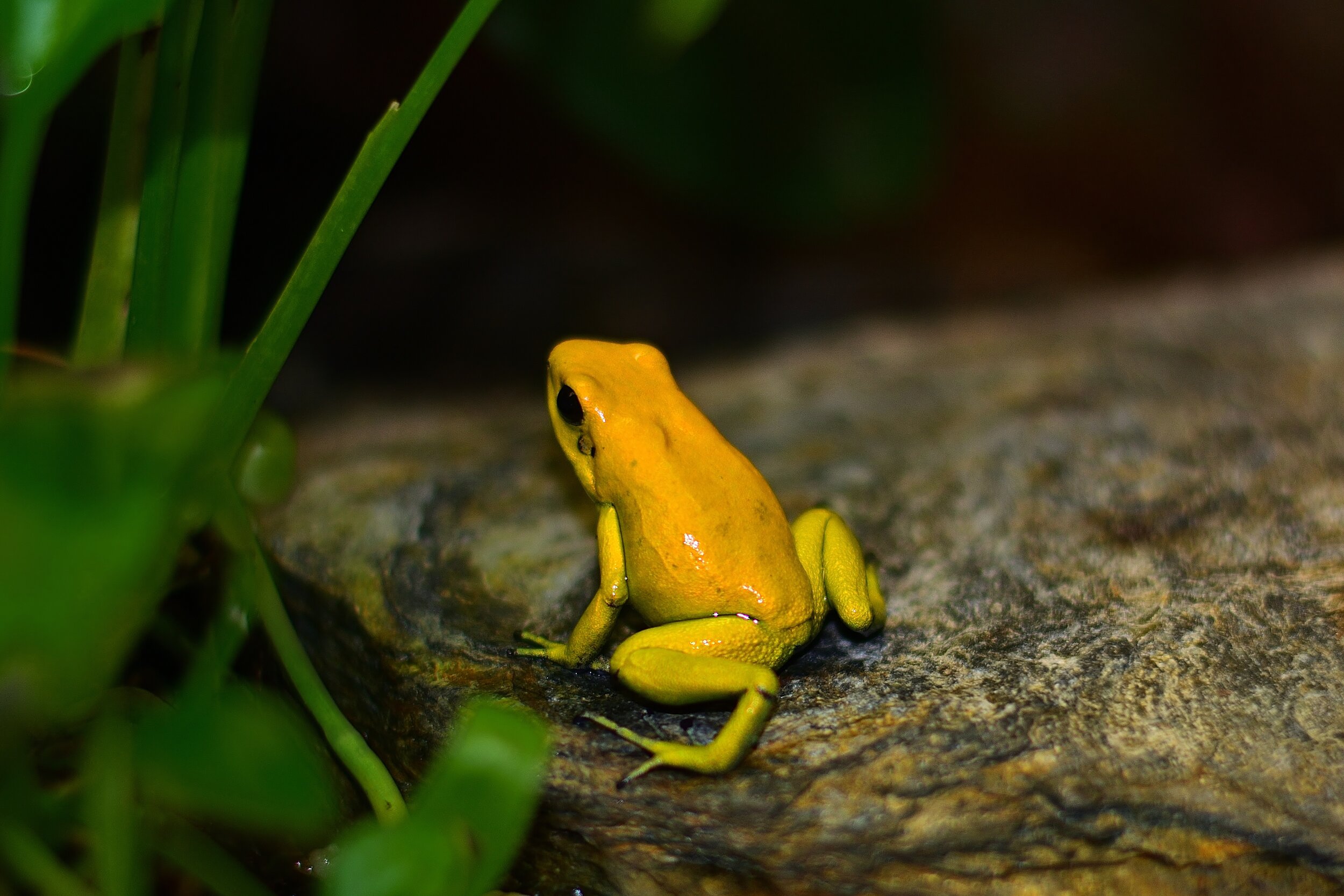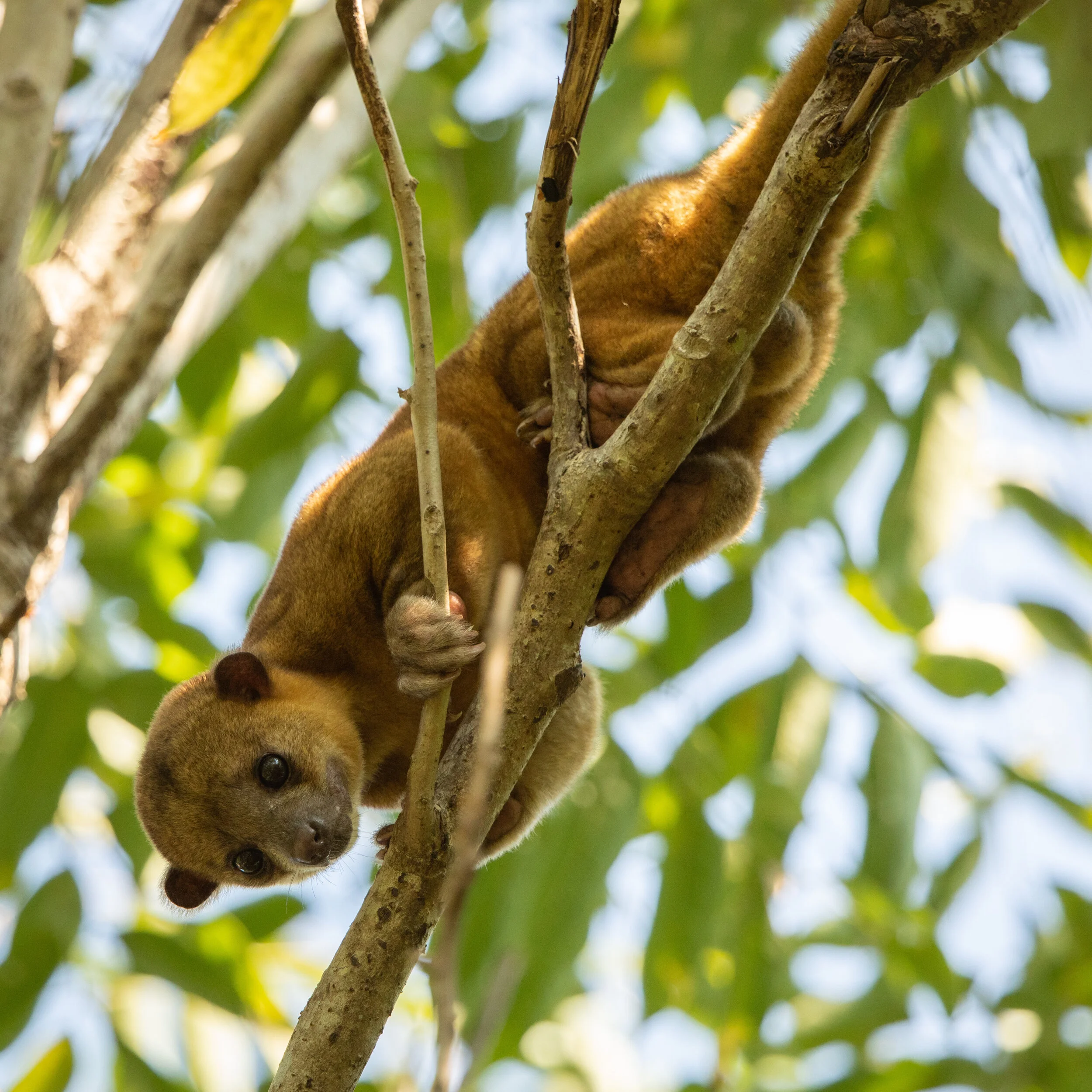Typical species in the State of Para
Grow Wild’s passions are focused on the preservation and protection of the wilderness in the State of Para, Amazonia. From time to time we’d like to talk about some of the amazing wildlife which can be found in the region in the hope that this sparks your interest as much as ours. So, here’s a bite size blog describing a few species from the most diverse habitat on the planet. Together, we are helping to protect them through the retention of wild land and the habitats which they depend upon to survive.
Just for the fun of it, we have delved into some of the unique, ingenious, and complex ways these animals have evolved in order to engage, compete and survive in this chaotic, extreme and multifaceted jungle environment.
The Amazon is home to more species of plants and animals than any other terrestrial ecosystem on the planet.
The Capybara:
The Amazon is a well-trodden trail for many a guinea pig fanatic, but whilst the world’s largest rodent may remind you of your fluffy childhood pet, please note they may not be as cute as you remember and not as tolerant of heavy petting. In any case, to those of you beating the giant guinea pig pilgrimage, make sure to pick up a fresh bowl of acai on your way.
Like beavers, capybaras are strong swimmers. Their pig-shaped bodies are adapted for life in bodies of water found in forests, seasonally flooded savannas, and wetlands. Their toes are partially webbed for paddling around, and their reddish to dark brown fur is long and brittle—perfect for drying out quickly on land. Small eyes, noses, and hairless ears are located high on their heads so that their faces remain exposed and alert when most of their body is submerged underwater, meaning they can spot those pesky crocodiles coming.
Anyone who’s watched the Simpsons knows all there is to know about these vibrant creatures, but we’ll elaborate for you anyway.
Poison dart frogs wear some of the most brilliant and beautiful colours on Earth. Their elaborate designs and hues are deliberately ostentatious to ward off potential predators, a tactic called aposematic coloration. Surprisingly, only four species of dart frogs are actually used for poison darts, and many are not even poisonous. Instead, their punchy appearance seems to mimic the overt warning of their dangerous cousins, the original fraudsters!
They live in rainforests because there is plenty of moisture for them to access so they can keep their skin wet. Unfortunately, like most rainforest species, deforestation poses a major problem for poison dart frogs. Habitat destruction causes population fragmentation and decline. These frogs must live in moist environments, and have very specific prey so their survival depends heavily upon the rainforest around them.
No one is certain of the source of poison dart frogs' toxicity, but it is possible they assimilate plant poisons which are carried by their prey, including ants, termites and beetles. The reason for the theory is, poison dart frogs which are raised in captivity and isolated from insects in their native habitat never develop the venom.
The Indigenous people in the rainforests of Central and South America used some species of dart frogs to coat their blowdarts. By coating the tips of their darts in poison, they are able to hunt game much more quickly and effectively. Scientists have also used the secretions of the phantasmal poison frog to create an amazingly effective new painkiller!
As with all of the species in the Amazon, the socioeconomical benefits of preserving and researching these creatures is unquantifiable. There is no doubt however, that their living value is far greater than the immediate, short term and finite gain linked to their destruction and that of their habitats. Extinction is now happening up to 100 times faster than the natural evolutionary rate, and the issue is about more than the loss of individual species.
Kinkajous live in the tropical forests of The Amazon, where they spend most of their time in the trees. They are able to turn their feet backwards to run easily in either direction along branches or up and down trunks. The kinkajou also has a prehensile tail that it uses much like another arm for extra tree-swinging, hanging upside down, aiding their balance and serving as a cozy blanket while sleeping at night high in the canopy.
Though many of its features and traits sound like those of a primate, the kinkajou is actually related to the raccoon.
They are sometimes called honey bears because they raid bees' nests using their long, skinny tongues to slurp honey from a hive, and also to remove insects like termites from their nests. Kinkajous also eat fruit and small mammals, which they snare with their nimble front paws and sharp claws. They roam and eat at night and return each morning to sleep in previously used tree holes.
Kinkajous form treetop groups and share social interactions such as reciprocal grooming. They are vocal animals—though seldom seen, they are often heard screeching and barking in the tropical forest canopy.
Female kinkajous give birth to one offspring in spring or summer. The baby is born with its eyes shut and cannot see for a month. It develops quickly, however, and by the end of the second month, it is already able to hang upside down from its tail.
We hope you’ve enjoyed these little factoids and absorbed some worldly knowledge. As ever, when discussing the Amazon, it is hard to avoid the occasional sombre moment when considering the world’s most incredible shrinking marvel, but fear not, for together we can make a difference!






